
Project Sponsors
Missouri Center for the Book
Western Historical Manuscript Collection, University of MissouriColumbia
Consultant
Donald M. Lance
Special Thanks
Susanna Alexander
Dorothy Merrill
A. E. Schroeder
Paul Szopa, Academic Support Center, University of MissouriColumbia
Sharon Sanders, Southeast Missourian
David Stewart
Missouri Heritage Readers
General Editor,
REBECCA B. SCHROEDER
Each Missouri Heritage Reader explores a particular aspect of the state's rich cultural heritage. Focusing on people, places, historical events, and the details of daily life, these books illustrate the ways in which people from all parts of the world contributed to the development of the state and the region. The books incorporate documentary and oral history, folklore, and informal literature in a way that makes these resources accessible to all Missourians.
Intended primarily for adult new readers, these books will also be invaluable to readers of all ages interested in the cultural and social history of Missouri.
Books in the Series
Food in Missouri: A Cultural Stew,
by Madeline Matson
Jesse James and the Civil War in Missouri,
by Robert L. Dyer
On Shaky Ground: The New Madrid
Earthquakes of 18111812,
by Norma Hayes Bagnall
Paris, Tightwad, and Peculiar:
Missouri Place Names,
by Margot Ford McMillen
The Trail of Tears across Missouri,
by Joan Gilbert
Copyright 1996 by
The Curators of the University of Missouri
University of Missouri Press, Columbia, Missouri 65201
Printed and bound in the United States of America
All rights reserved
5 4 3 2 1 00 99 98 97 96
Library of Congress Cataloging-in-Publication Data
Bagnall, Norma.
On shaky ground : the New Madrid earthquakes of 18111812 / Norma Bagnall.
p. cm. (Missouri heritage readers)
Includes bibliographical references and index.
Summary: Describes the severe earthquake which changed the course of the Mississippi River in several places, destroyed timberlands, drained swamps, and formed lakes.
ISBN 0-8262-1054-6 (alk. paper)
1. EarthquakesMissouriNew Madrid RegionJuvenile literature. [1. EarthquakesMissouriNew Madrid.] I. Title. II. Series.
QE535.2.U6B34 1996
977.8'985dc20
95-26608
CIP
AC

This paper meets the requirements of the American National Standard for Permanence of Paper for Printed Library Materials, Z39.48, 1984.
Designer: Kristie Lee
Typesetter: BOOKCOMP
Printer and binder: Thomson-Shore, Inc.
Typefaces: Giovanni Book and Helvetica Neue
ISBN: 978-0-8262-7310-9 (electronic)
to my mother,
Alice Sloas Hayes
1907 1968
ACKNOWLEDGMENTS
I want to express my appreciation to the participants on this project who carefully read the book in manuscript form. Their helpful and insightful suggestions have made it more readable.
I would also like to thank Kathleen Rohr, Co-Director of the Writing Project at St. Joseph, and Julia Brooke, Director of Pass the Power, a literacy center in St. Joseph. They read this work in an early stage and offered suggestions that I used in the final writing.
Linda Dillman, Associate Director of the Center for Earthquake Studies at Southeast Missouri State University, graciously shared information about earthquakes generally and about those on the New Madrid fault line specifically.
Fae Sotham and others on the staff of the State Historical Society of Missouri were of great help in locating pictures for this book. Always gracious and patient, they also directed me to original source material that enriched my knowledge of the earthquakes and of early Missouri history.
Joni Adams, Managing Editor of the Southeast Missourian, generously gave permission for the use of photographs. Sharon K. Sanders, a librarian with the Southeast Missourian, helped locate appropriate photos to use in this book. I appreciate their help.
In New Madrid, people were friendly and helpful while I was there gathering information. I want to especially thank William Clark, cafe owner; Martha Hunter, town librarian; and Clement Cravens, coeditor of the New Madrid Weekly Gazette. When they discovered I had come back home to research this book, they did everything they could to help me. They were generous in sharing their time, their resources, and their ideas.
Dr. David Stewart, former director of the Central United States Earthquake Center, kindly read my manuscript in its entirety. He has become a friend during my work on this manuscript, as he offered suggestions, praise, and a wealth of information about geological phenomena. I am grateful for his careful and thorough reading and for his professional advice.
My colleagues at Missouri Western State College supported my request for a sabbatical leave, and I thank them for their interest in my work and for taking on the duties that otherwise would have been mine in spring 1994. I also want to thank the administrators at Missouri Western, who have encouraged me in my work and supported my request for leave. Finally, I want to thank the Board of Regents at the college; they generously granted the request for the sabbatical leave that allowed me the time and energy to complete this book.
INTRODUCTION
New Madrid is located on the northern edge of the Bootheel section of Missouri, in the southeastern corner of the state. It lies on the Mississippi River and is much closer to some cities in Tennessee, Kentucky, and Arkansas than to St. Louis. The town is on an oxbow bend in the river, north of the river near the center of the upside-down U. Across the river to the south, the Kentucky bank is clearly visible. But this part of Kentucky is cut off from the rest of its state by the unusual bend in the river.
My mother grew up in Marston and New Madrid, Missouri, in the early part of the twentieth century. Stories about the earthquakes of 18111812 were part of her childhood. They also became part of my own childhood as she retold the stories to my sister and me.
Mother listened, big-eyed, to stories that the Mississippi River ran backward for three days. She heard that people had to cut down large trees across the cracks made in the earth's surface and hold on to them to keep from being swallowed during the quakes. She could see for herself islands in the river that had been created by the quakes; she learned that other islands had disappeared. She could still see evidence of forests that had tumbled into the river when its banks caved in. Tree trunks still poked up out of the water at the river's edge. She learned that if she had been born a century earlier, her birthplace would be about halfway across the Mississippi River. That was where New Madrid had been located before the ground sank after the quakes.
As a girl, Mother walked barefoot in the mud on the shores of the Mississippi with her sister and her friends. She could see evidence of the changes the quakes had left on the landscape in Marston and New Madrid as water had covered the area. The remains of sinkholes were still visible, and where the town of New Madrid had once been, there was only water.


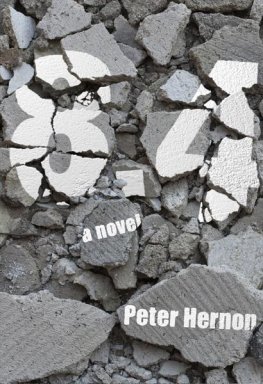

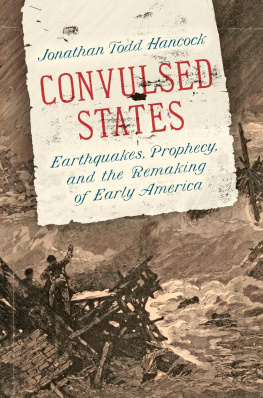
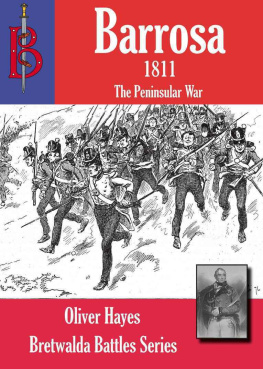
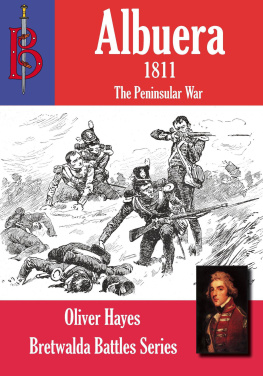
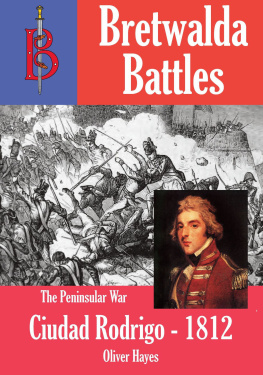
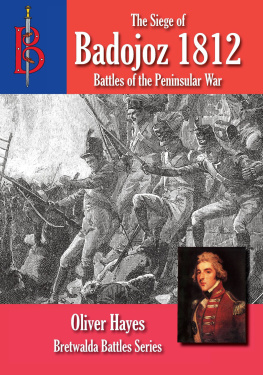
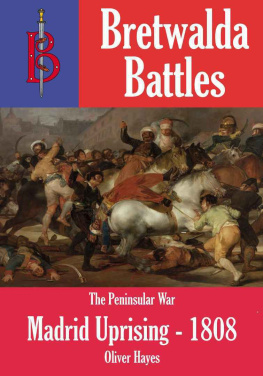
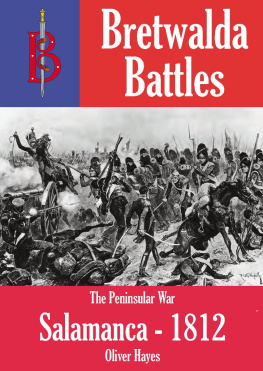

 This paper meets the requirements of the American National Standard for Permanence of Paper for Printed Library Materials, Z39.48, 1984.
This paper meets the requirements of the American National Standard for Permanence of Paper for Printed Library Materials, Z39.48, 1984.